When searching for a pair of budget passive loudspeakers to pair with the new WiiM Amp Ultra powered streamer, I came across a company I hadn’t heard of before: Vera-Fi. Digging a little deeper, it turns out Mark Schifter is steering this so-called “high-value” audiophile brand. If the name rings a bell, that’s because he was one of the brains behind Audio Alchemy in the ’90s, a brand well-regarded for its affordable digital audio gear.
And while Schifter runs thing on the business side, Dr. Viet Nguyen is the company’s chief designer. Nguyen is a literal “rocket scientist” (Aerospace Engineer with a Ph.D.), with a passion for speaker and amplifier design that he is now turning into actual gear for consumers at Vera-Fi. Based on my own positive experience with the Audio Alchemy gear and Nguyen’s reputation as a talented engineer and speaker designer, I was intrigued.
But the prices listed on the Vera-Fi web site were so low, I thought they might have been typos. $299/pair for the Vanguard Scout bookshelf speaker? $199 for a full-featured powered subwoofer? Under $500 for a complete 2.1-channel speaker system? There must be a catch, right? Well maybe not.
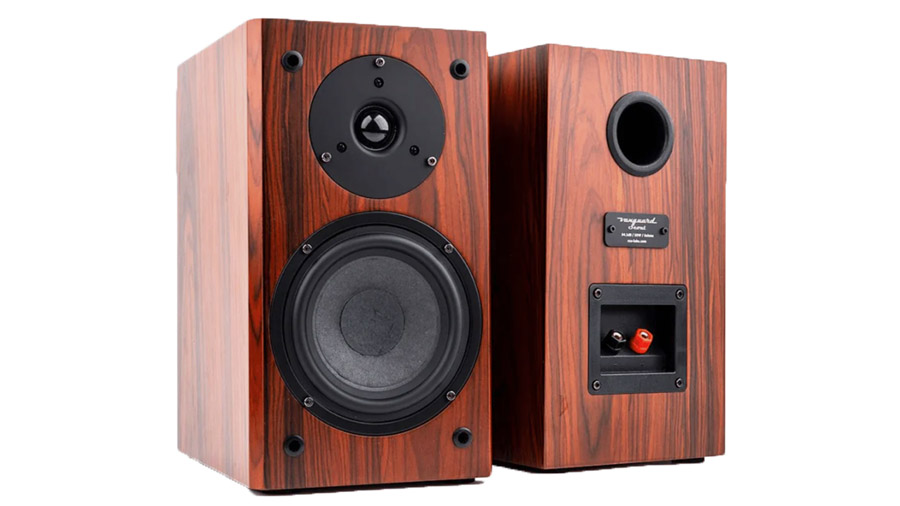
Vera-Fi Vanguard Scout: Specifications and Key Features
The Vanguard Scout ($299/pair) is a two-way bass reflex design featuring a 5 1/4-inch treated paper cone woofer, a 1-inch silk dome tweeter, and an asymmetric crossover with custom components. It has a rated power handling of 50W, sensitivity of 84.5 dB and a nominal impedance of 8 ohms. The speaker is housed in a rosewood veneer cabinet with a high quality satin finish and a rear-firing bass reflex port. The Scout measures in at 12″ H x 6.75″ W x 9.5″ D, weighs about 12 pounds and comes with a removable fabric grille.
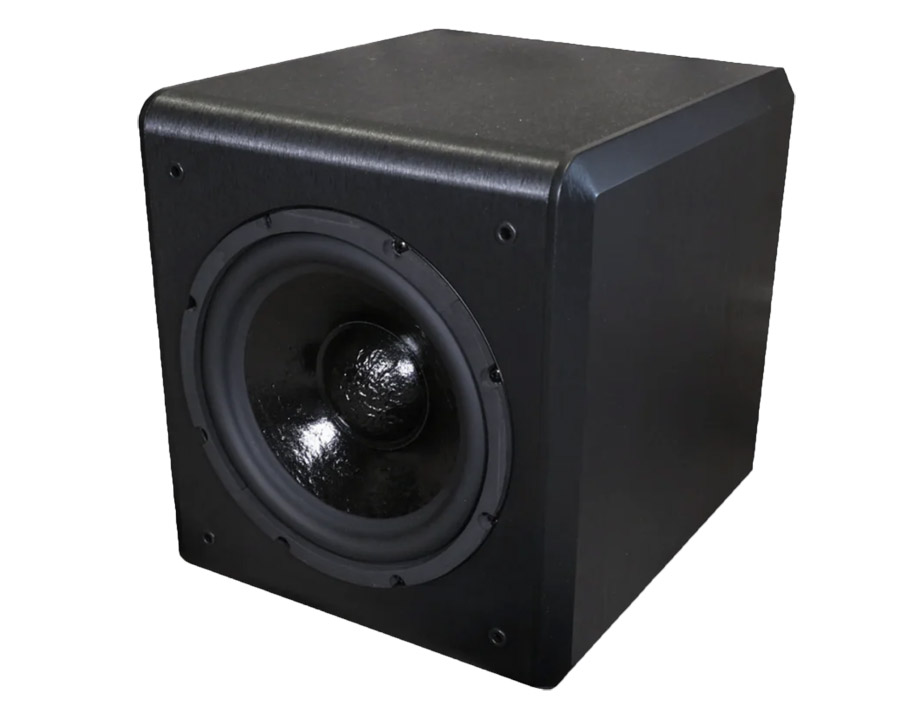
Vanguard Caldera 10: Specifications and Key Features
The Vanguard Caldera 10 is a powered subwoofer which features a 10-inch paper pulp driver in a vented enclosure, driven by an integrated 200 Watt Class A/B amplifier. It offers both line-level and speaker-level inputs and outputs, phase control (0/180 degrees), and a variable crossover. The cabinet sports textured black vinyl with beveled edges. It includes a power switch for on/off/auto, volume, and both crossover and level adjustment knobs. The “auto-on” function behaved strangely so I just left the sub in its “On” position during the review. The Vanguard Caldera 10 sub measures in at 13 inches wide, 15 inches high, and 16 inches deep.
They’ve Got the Look
When I unboxed the Vanguard Scout, I was impressed with the fit and finish. I thought there was no way these things would have a wood finish, but indeed they sport a gorgeous real rosewood veneer with satin finish. And the speaker terminals weren’t the standard low budget spring terminals we often see on inexpensive speakers. They’re 5-way binding posts that accept bare wire, spade lugs or banana plugs. My Monoprice banana plugs didn’t quite fit as snugly as I would have liked (they couldn’t be fully inserted), but they did seem to provide a solid enough mechanical connection.
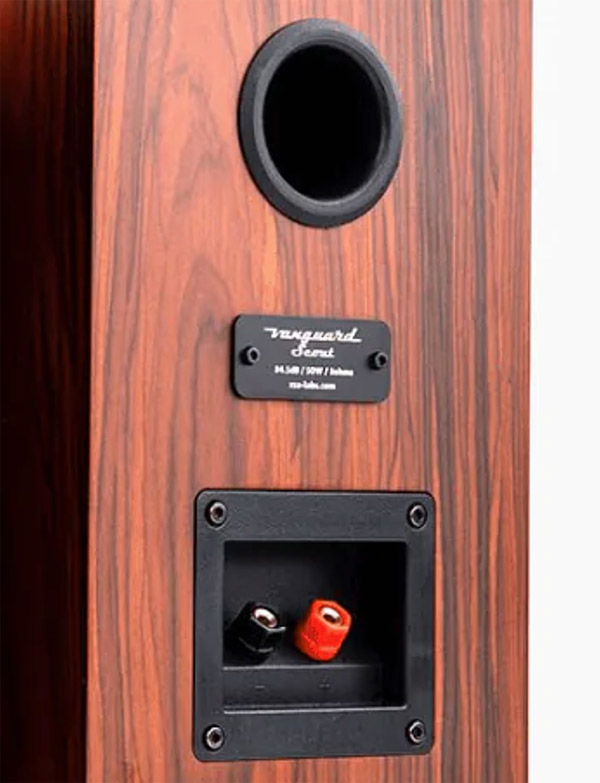
The Vera-Fi Vanguard Caldera 10 powered sub is more of a traditional looking black box. The sub is so popular, the company has trouble keeping it in stock. I had to wait a few weeks for my review sample to arrive. Mr. Schifter himself did send updates as to its progress across the globe on its way to my cabin – which I appreciated. And it showed up safe and sound. And the slight delay gave me some time to listen to the Scout on its own, which I also appreciated. With the current economic environment, I’m not sure how long they’ll be able to maintain these low prices, but so far we have not seen any price increases to the Vera-Fi products.
The Set Up
Vera-Fi recommends placing the Vanguard Scouts on stands at least 4 feet apart (I opted for 7 feet), in an equilateral triangle with the listening position with slight toe-in (15% to 20%) for optimized dispersion. Like many bookshelf speakers, the Scouts sound their best with the tweeters at ear height.
With the speakers, I received a pair of the Vanguard stands ($99/pair). These were solid, nicely designed aesthetically and easy to assemble, but the thin paper-like veneer began separating slightly over the course of the review. Nothing was visible from the listening area, but I’d say the stands are not quite up to the finish standard of the speakers. The stand’s top plate is slightly larger than the Scout’s cabinet, and the speakers sit a bit low at 23.5 inches, putting the tweeters at 32.5 inches.
I also tried placing the Scouts on higher stands (33 inches), but these put the tweeters a bit too high. With no visible logo, I could have mounted the speakers upside down to get the tweeters closer to ear level on the taller stands, but then the banana plugs might have fallen out of those speaker terminals.
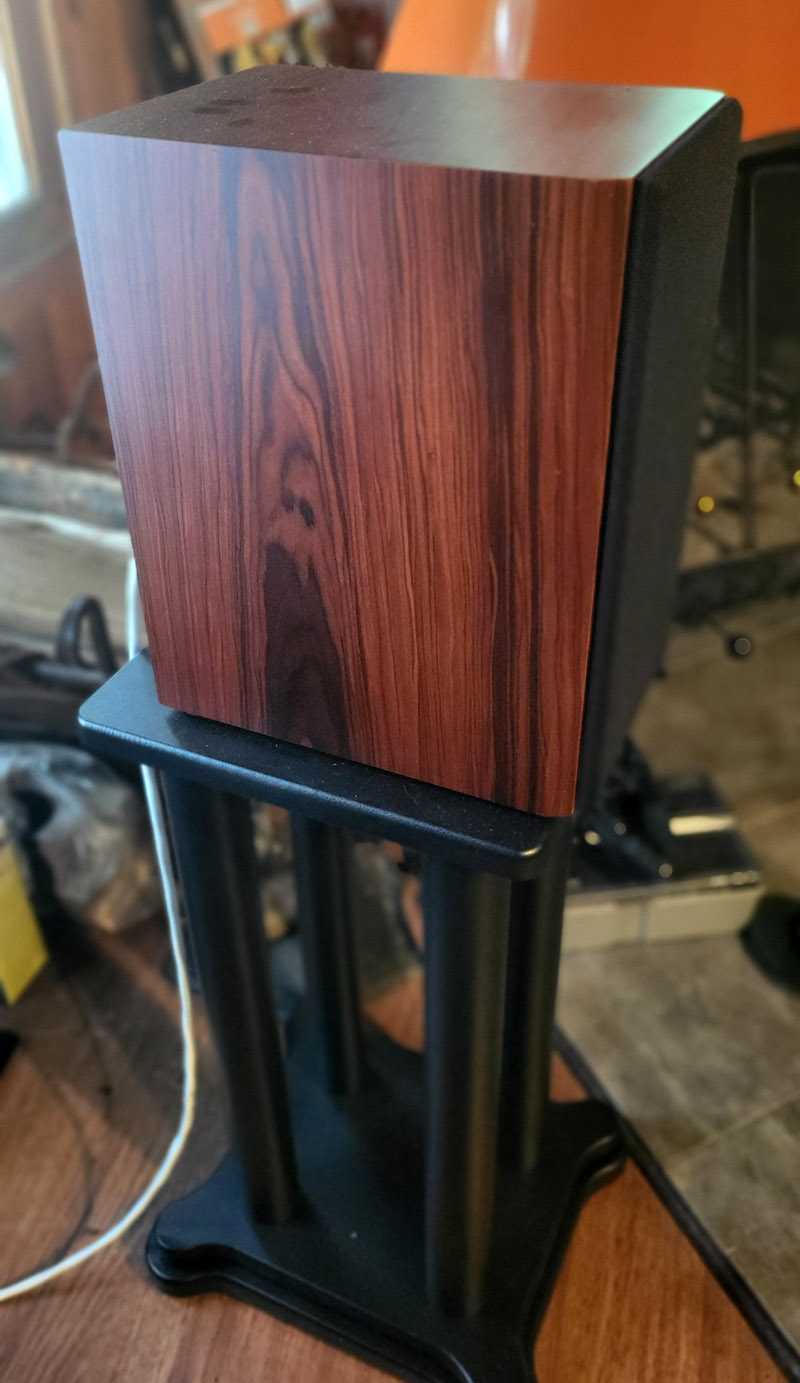
But hey, for only $99, the stands seem quite sturdy and supportive, with four metal columns supporting the top plate, and rubber washers on each column isolating the stand from the base. The top plate of the stand has a textured, almost “leather-like” appearance and feel which enhances the visual appeal and ensures that the speakers don’t slide around. Seated on my couch, the tweeters were “close enough for rock’n’roll” to ear height. So they were what I used for most listening.
The Supporting Player
At only 84.5 dB sensitivity (@1 watt @ 1 meter), the Vanguard Scouts are a bit low in efficiency. Fortunately the WiiM Amp Ultra I paired them with offers 100 watts per channel (Class D) into 8 ohms and 200 watts into 4 ohms. While Vera-Fi recommends amps up to 50 WPC, my experience is that more powerful amps with low distortion can be perfectly suitable for most speakers. I was able to drive these little guys to relatively high SPLs without hearing significant clipping or distortion. And once I brought the Caldera subwoofer to the party, dynamics were less of an issue.
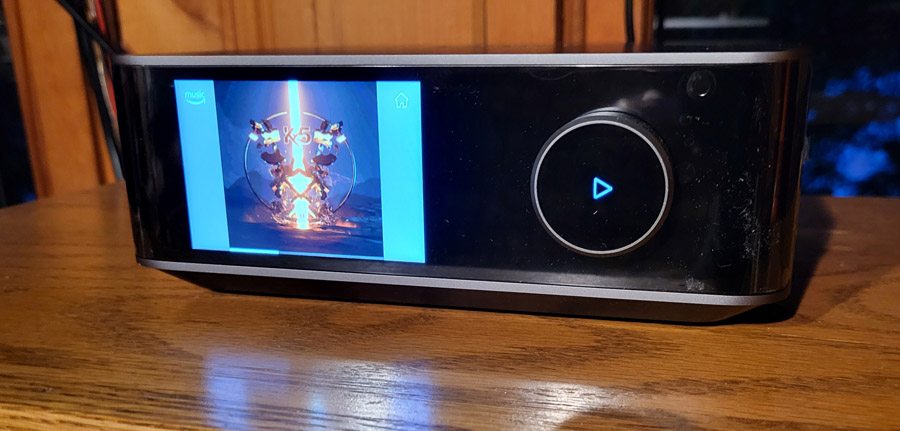
The WiiM Amp Ultra offers built-in streaming in high resolution quality from services such as Qobuz, TIDAL and Amazon Music. The Amp Ultra can do TIDAL Connect, Qobuz Connect and Alexa Connect, all of which support high resolution audio streaming. It also includes a USB port for direct playback of high resolution digital music files.
Listening
Over the course of several weeks, I listened to the Scouts on their own to see how they handled a variety of musical genres from rock to jazz to EDM to classical to folk. On Billie Ailish “The 30th,” the Scouts offered nice detail and intimacy, with the dynamic build toward the end of the song capturing the raw emotion of that song. On Aoife O’Donovan’s “Prodigal Daughter,” the Scouts delivered natural, clean female vocals and captured the nuances of the finger-picked guitar. Detail resolution was slightly lower than that of pricier bookshelf speakers like the KEF LS50, which goes for three to five times the price.
Imaging on the Vanguard Scout was solid with good positioning of singers and instruments from left to right and front to back. But the soundstage wasn’t as wide as I’ve heard on some speakers. On Ellie Goulding’s “Lights,” the synths at the beginning come from slightly left and right of the speakers, but most of the song happens between the speakers. Roger Waters’ “Comfortably Numb” on his 2022 “Lockdown Sessions” reinforced this impression. Soundstage depth was good and spatial positioning was excellent, but the stage was only as wide as the speaker to speaker distance.
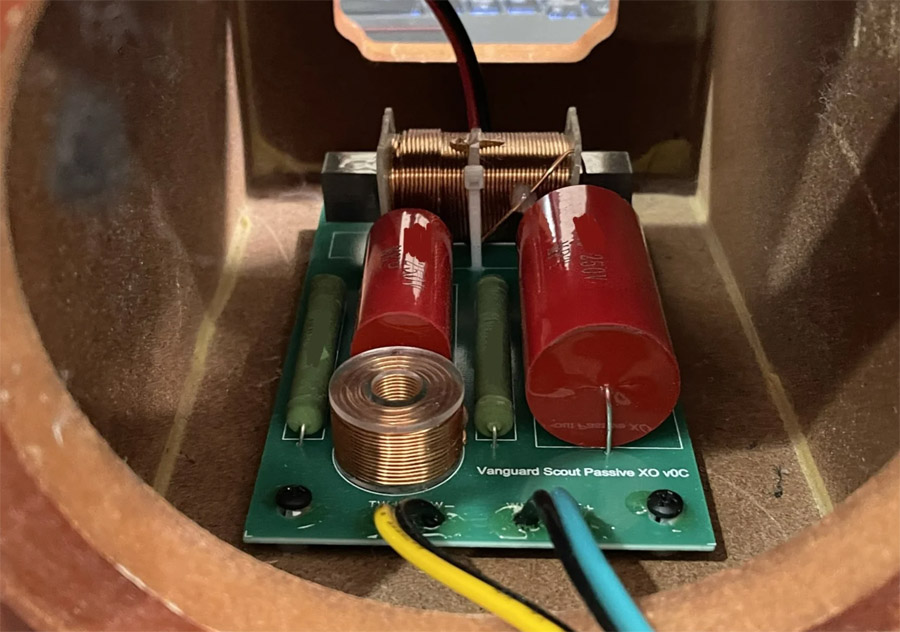
The low sensitivity of the speakers meant that I had to crank the volume up to 90 (out of 100) when listening to hi-res audio tracks like the “Tricycle” album from Flim and the BBs on Qobuz. With other speakers, the volume level on the WiiM Amp Ultra is usually around 72-74 for the same songs. While this on its own isn’t that meaningful, it does illustrate that the Vanguard Scouts aren’t quite as efficient as some other bookshelf speakers. And this does limit their dynamic range a bit. Symphonic and operatic classical cuts like Orff’s “Carmina Burana” and “Siegfried’s Funeral Music” from the conclusion of Wagner’s “Der Ring des Nibelungen” could not quite reach the peak levels one would hear at a live performance.

Even so, the Scouts reproduced the bass drum, cymbals and snare in Flim and the BBs’ “Lunch Hour Wedding March” naturally with plenty of detail and percussive attack. On their own, the Scouts give up the bass ghost at about 60 Hz, though there is some audible bass at 50 Hz and even a hint of output as low as 40 Hz. But if you want to really enjoy the full frequency of music like EDM, Jazz, classical and good old rock and roll, you’ll want to add a subwoofer. And that’s where the Vanguard Caldera 10 sub comes in.
Bring the Bass
Adding the Vanguard Caldera 10 sub into the system required some additional set-up to blend the sub with the bookshelves. The sub itself offers adjustable crossover, phase and level adjustment but I chose to do the crossover and level adjustments using the WiiM Amp Ultra’s bass management instead. The Caldera 10’s “auto” power setting didn’t seem to keep the sub active while listening to music, so I left it in the “On” position. I set the crossover to 85 Hz and the phase to 0 (in WiiM bass management) as these seemed to work best with the Scouts in my room, with the sub itself placed slightly behind the speaker plane and just left of center.
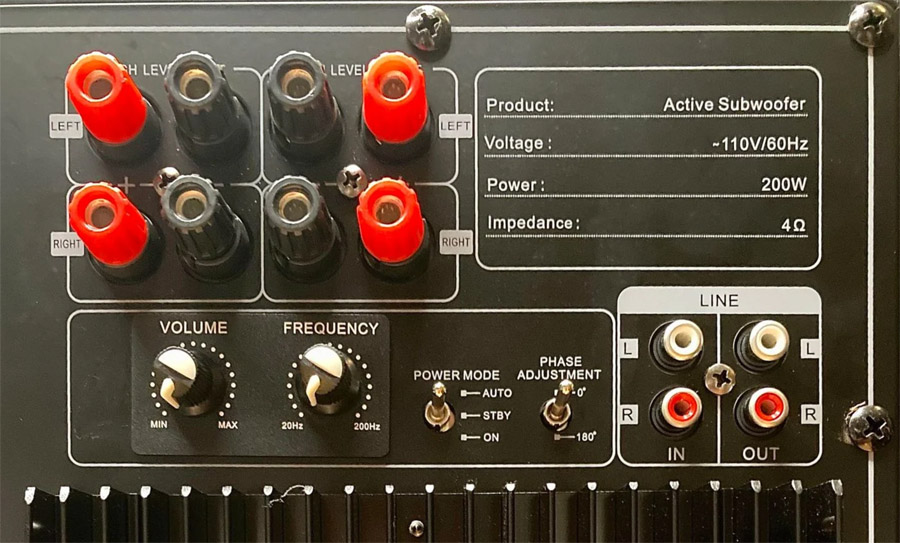
Measuring the output with bass test tones and frequency sweeps, I was seeing peaks at 60 Hz and 90 Hz in my listening room, which I compensated for in the Amp Ultra’s parametric EQ. My in-room measurements showed the Caldera 10 tapered off its bass response at around 30 Hz with some bass still audible at 25 Hz but nothing at 20 Hz. This is unsurprising, considering the cabinet size (and price) of the Caldera 10 sub. But the bass it did reproduce was firm and well defined. Once everything was dialed in, I resumed my listening sessions.
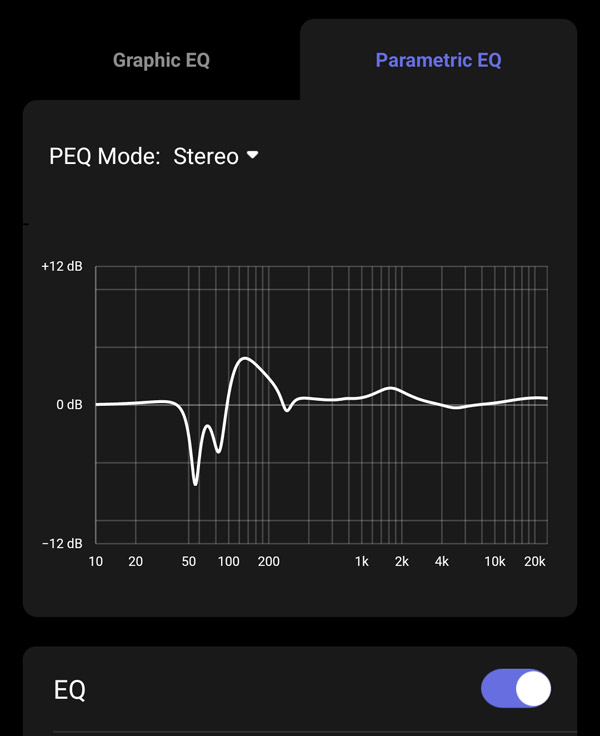
Replaying the Flim and BBs’ album with the subwoofer in the loop brought a big smile to my face as the bass drum and synth came alive with low frequencies now reaching down to 30 Hz and even a bit below. Bass drum in particular got the weight and punch that it required while the upper bass, mids and treble were well served by the Scouts. The snare drum still had snap and body while cymbals sounded crisp but not harsh. There was no loss of definition or detail with the subwoofer added – just an extension of the bass over an octave below where it had been with the bookshelf speakers alone.
My go-to EDM track “Alive” by kx5/deadmau5 had excellent bass definition and extension with the Vanguard Caldera 10 sub in the mix. When the bass drops at about 25 seconds in, some speakers lose their composure, but not so for the Vera-Fi Vanguard bookshelf/sub combo. These speakers just kept on truckin’ bringing that firm, rich low bass goodness to me ears.
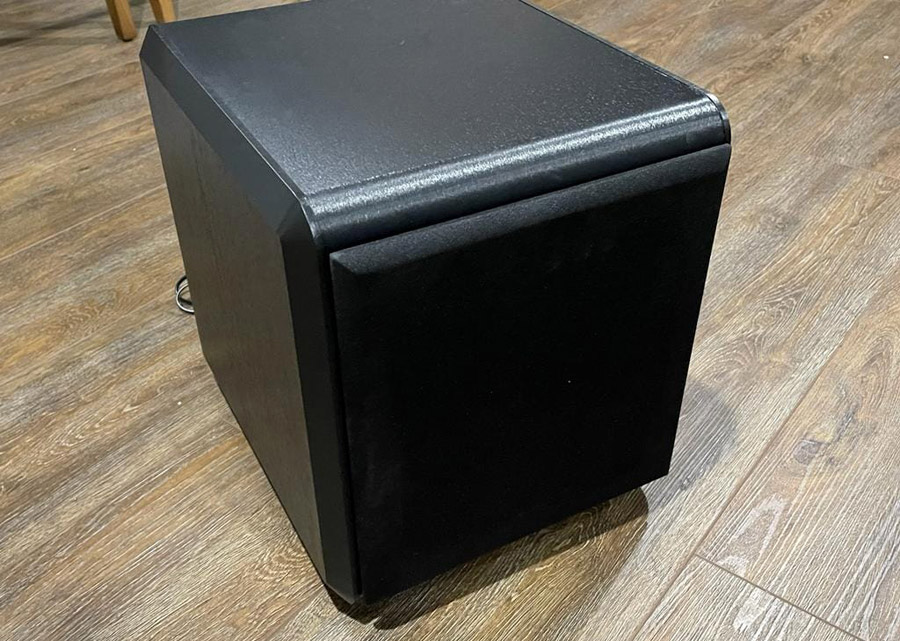
Rock tracks with prominent bass lines like Queen “Another One Bites the Dust” and Pink Floyd “Money” came alive once the Caldera sub was added to the mix, with nice bass definition and extension helping to lay the foundation of these songs.
Moving onto movies and TV shows, the Scout/Caldera 10 combo reproduced dialog much better than some high-end soundbar-based surround systems that sell for upwards of $1,000 and the sub was able to reproduce bombastic action scenes with aplomb. On anything from Monday Night Football to “Superman,” the WiiM/Vera-Fi 2.1-channel system brought a significant upgrade to the sound, compared to the speakers built into Sony’s BRAVIA 8 II OLED TV (which is no slouch in the audio department). While we didn’t test the Vera-Fi speakers in a multi-channel home theater setup, you could pair five (or more) Scouts with a Caldera 10 sub and a budget A/V receiver to create an affordable surround system that delivers impressive performance for the price.
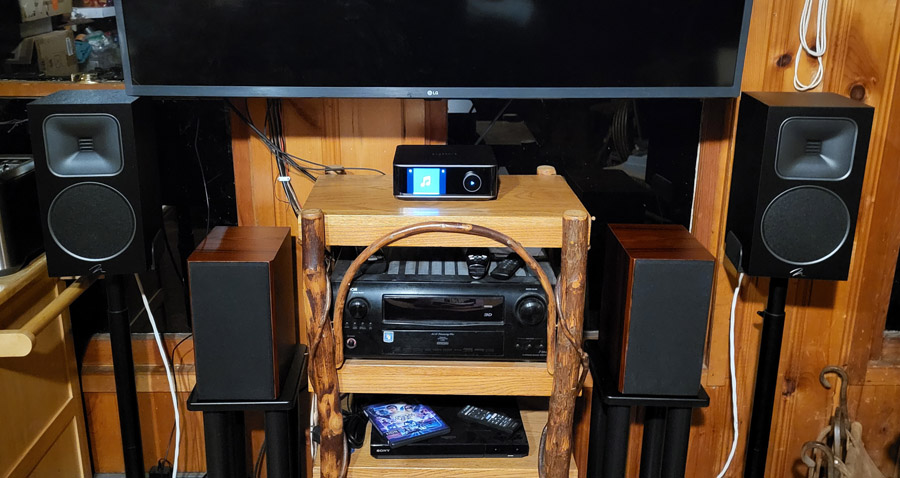
Compared to the also excellent MartinLogan Foundation B1 speakers ($349.99/pair), the Vera-Fi Caldera offered a more organic and less fatiguing sound overall, while the B1 presented a wider and more expansive soundstage. The Scouts offered more substantial bass on their own, while the higher sensitivity of the MartinLogans make it able to reach slightly higher peaks. Either speaker makes an excellent budget pick, but we give the edge to the Scouts overall for its superior fit and finish and more natural sonic presentation.
The Bottom Line
Anyone looking for a great pair of speakers at an exceptional price will find plenty to like about the Vera-Fi Vanguard Scout. They reproduce instruments and voices naturally, with good imaging specificity and no major weaknesses. The sound was always pleasant and never fatiguing, with male and female vocals particularly well reproduced. The speaker’s low 84.5 dB sensitivity means they can’t effectively reproduce content with extreme dynamic range, but there’s only so much you can ask for $300. While the imaging isn’t as wide as some bookshelf speakers, particularly those with AMT tweeters, I haven’t heard their equal under $500/pair.
As for the Vanguard Caldera 10 powered sub, you’re not going to get your room pressurized or eke out that lowest octave of bass, but it can supplement a great bookshelf speaker like the Scout, making it sound like a great mini tower loudspeaker. For $200, this sub is an absolute steal.
Pair the Scout with the Caldera 10, and you have a high-value sub/bookshelf combo for under $500. Just add your favorite source and receiver or integrated amp, or a powered streamer like the WiiM Amp Ultra and you’ll have yourself a killer starter HiFi rig at a bargain basement price.
Vanguard Scout Speakers
Pros:
- Low Price
- Elegant high quality finish
- Musical
Cons:
- Low sensitivity means somewhat limited dynamic range and low max SPL
- Soundstage width limited to within the speaker placement
- Binding posts don’t work well with some banana plugs
Vanguard Caldera 10 Subwoofer
Pros:
- Low Price
- Flexible input options and adjustments
- Sold bass performance down to around 30 Hz
Cons:
- Auto mode doesn’t seem to work as expected
- Limited output below 30 Hz
Where to buy:
- Vanguard Scout Bookshelf Speakers – $299 at Vera-Fi Audio
- Vanguard Caldera 10 Subwoofer – $199 at Vera-Fi Audio
Related Reading:
- MartinLogan Motion Foundation B1 Bookshelf Speaker Review: There’s More Air There
- Q Acoustics 3020c Review: Proper British Speakers That Sound Brilliant
- Triangle’s BOREA BR04 Bookshelf Loudspeaker Offer Improved Clarity And Deeper Bass
- Chesky Audio LC1 Bookshelf Speaker Review: Audiophile Nirvana For Under $1000?


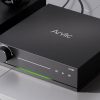
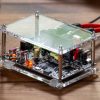
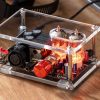
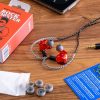
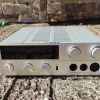

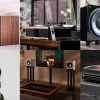




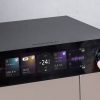
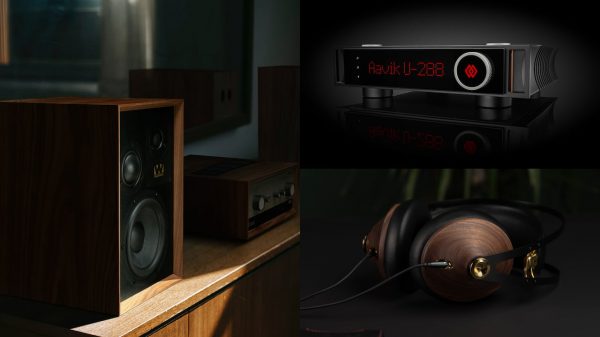
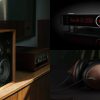
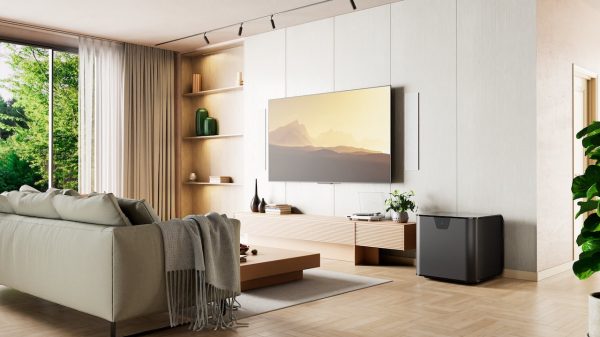
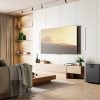
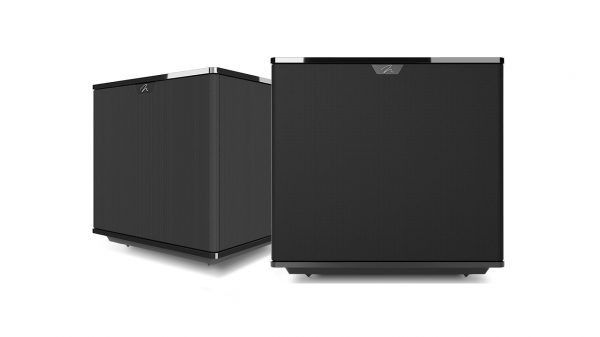
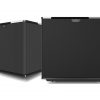
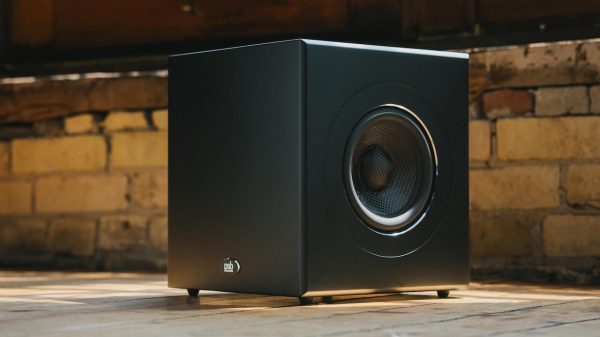
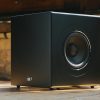


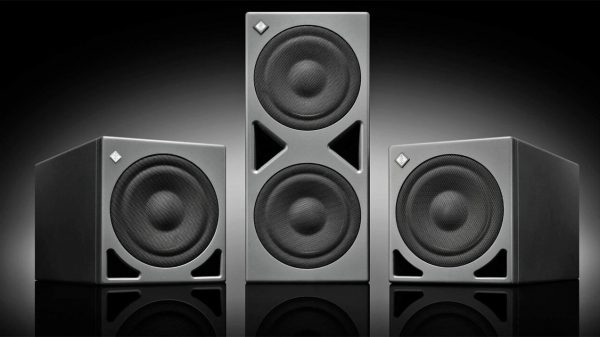

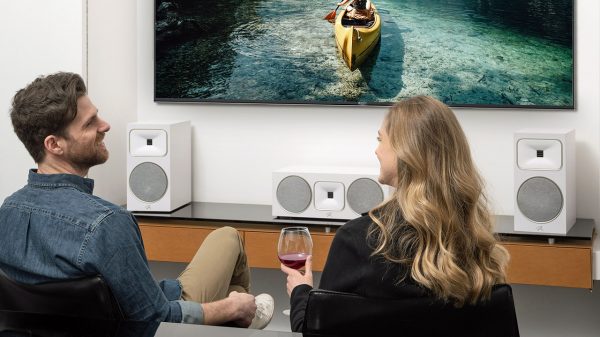
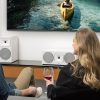
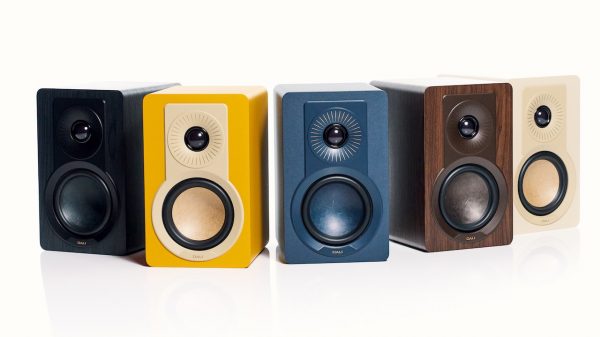
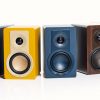











Dave C
October 2, 2025 at 12:33 pm
I purchased the Caldera 10 really on a whim. Used for music only in my 12X12′ space, I needed to stay with a smaller foot print. I had an SVS SB2000 in there for a while and sent that to the theater area and had been running an Emotiva SE8 for some time and it fit the bill nicely. However, once I got the Caldera in place, it opened up a completely different soundscape with gains in dynamics and extension while it remained very musical and kept up well with my music choices. I like the fact that it has a lot of adjustment in the crossover area going as low as 20hz and I found that adjustability very helpful in blending with my OG NHT 2.3 floor standers that do a remarkable job with bass all by themselves. A low cross point kept them from polluting the mid and upper bass and adding quite a bit of impact I wasn’t getting from the Emotiva. I’m not looking to buy a sub on specs alone because I’m not asking for any more than an octave from it and never play at high volume. For $235 delivered, I have no idea how they do it.
Chris Boylan
October 6, 2025 at 3:22 pm
Right there with ya. To be able to sell this sub for $199 (plus shipping) even with the tariffs in place is kind of crazy. Same for the speakers.
Ian White
October 6, 2025 at 3:42 pm
Chief,
That price for a subwoofer is crazy. Seems like a no-brainer as a purchase.
IW